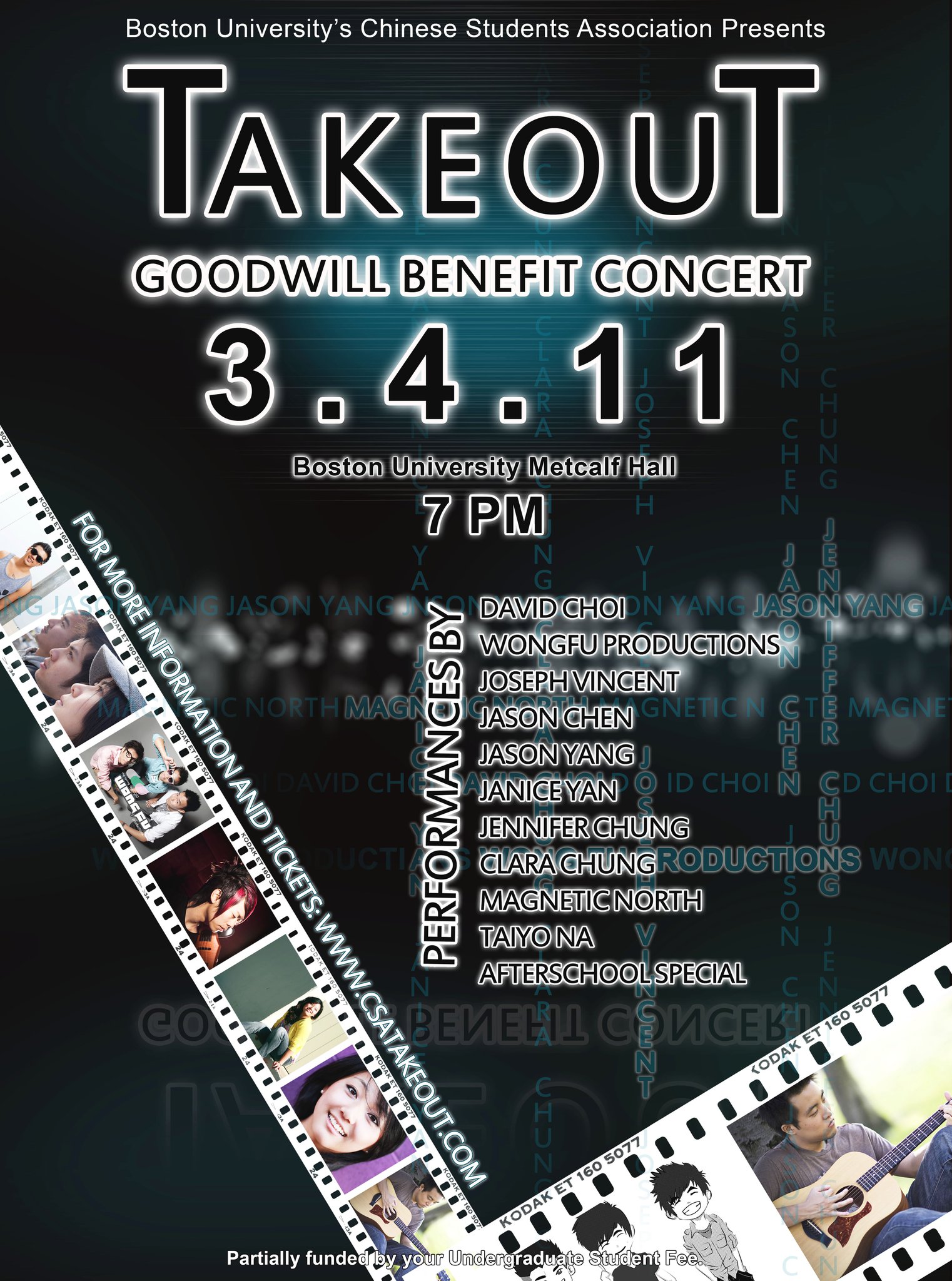
To understand the beauty of Mitchell Grey’s artistic chemistry, compare Ryan Bandong’s solo recording of his hit song “Hazel” to the version he performs with bandmates Joseph Diaz, Napon Pintong, and Matt Pana. An infectiously catchy, upbeat pop track on Bandong’s debut EP, “Hazel” takes on an even richer sound when injected with the band’s self-described “alternative R&B and indie-pop” flavor. Each song is performed with the same deep, full quality – one that is only achieved when a piece consciously highlights every instrument rather than blends them in the backdrop. Their music is genuine, performed with precise musicality, and ultimately showcases the unique talents of each of the four musicians. Throw in the fact that the guys genuinely seem to love performing with each other, and Mitchell Grey is a musical collaboration that works.
The band credits its start to Bandong’s artistic vision, and in its early age, used his established popularity in the YouTube scene to help market the fledgling project. Bandong, 20, who currently has almost 28,000 subscribers on his personal YouTube channel, started putting up videos in 2009 and released an EP, “Surrounded by White Walls,” in July 2010. But when he turned to his three friends to help move his music in a new direction, and the group realized their undeniable chemistry together, a musical partnership evolved that went beyond highlighting just one central musician.

“I think the core and the origin of the band is really Ryan,” said Pana, 23. “He was initially at the center of everything, of the music and the marketability of the band. But now I feel with all of us bringing different parts to this whole band, it’s become something that’s not just Ryan alone or us alone. Now it’s more of a collective, and not just one person.”
“We all shine together,” Bandong added.
All of the band members had experience in the music industry before Mitchell Grey, and each has stories to share of trying to find his own place in the scene. Pintong, 21, also pursued a solo singer/songwriter career via YouTube, uploading covers, originals, and collaborations with artists like Bandong and AJ Rafael. Pana played the drums in various bands in New York and New Jersey, while Diaz, 22, spent a year on the West Coast trying to jumpstart his career with help from the large YouTube community there. The synergy between them as Mitchell Grey marks a significant turning point in four very unique musical careers.
“Each and every one of us are all just filters for everyone else,” said Pana. “We bring the best out of each other. The clutter from our past experiences as musicians and everything else – that all came together for a more refined and a more pure sound, and it’s just growth from here on out.”
Though the members are continuously working to blend their different styles, they also aren’t looking to limit their sound. Apart from trying to create what Diaz called “an aggressive musical ‘soundscape,’” the band allows many different influences to find their way into different tracks.
“For just this one part, we might have a ska fill or an R&B fill,” Bandong said. “We really just grab inspiration from everywhere.”
They also grab inspiration from one another. Diaz in particular believes his personal sound has evolved from collaborating with his band mates.

“I’ve noticed that now, even when I write stuff away from the band, I have a touch of Ryan’s lyrical stuff in there, a touch of Napon’s grooving and Matt’s grooving,” explained Diaz. “It’s kind of cool how our joint work has changed us as individuals and it’s been a really enlightening experience because of that.”
As a band with close ties to both the YouTube and Asian-American communities, New York-based Mitchell Grey found that starting out on the East Coast, where both scenes are much smaller, was actually to their advantage. The band had the opportunity to develop with much less competition from artists vying for a similar target audience. But while they may not make the West Coast a home base anytime soon, they are planning to take a trip out at the end of the year.
“I recorded my debut EP in San Diego,” Bandong said, “and that’s where we’re going to go in late December to record our album.” As to why he didn’t permanently move to California during his solo career, Bandong explained, “I didn’t feel it. [My music] didn’t come out the way I wanted it to. But with these guys…it’ll all come together.”
Since three of the four band members are Asian-American, there are definite cultural influences that find their way into the band’s identity. Pintong pinpointed family-oriented values and anime as two of the most prominent of these influences. But the guys don’t want to typecast Mitchell Grey as being just about one distinct culture. Having just done shows for Flipino, Indonesian, and Latin American causes, Bandong said, “We love learning about every culture together.”
The band is currently slated to release a full-length album in 2012 and have ambitious plans to eventually tour the world together. Traveling and putting out new material are top priorities on the agenda. When asked about the future direction of Mitchell Grey, the general consenus was “more” –more shows, more interviews, and more memories.
As the group continues to face the unique challenge of moving from a Ryan Bandong-fronted band into a completely unified Mitchell Grey identity, they are determined to make their passion the focus of their promotion.
“It’s not even about me or about us,” Bandong said. “In the end, it’s really about the music and the art that we have. We believe in it so much that that’s our market – our music.”
If you’re in Toronto this Friday, be sure to catch Mitchell Grey at EL MOCAMBO – 464 Spadina Avenue (Intersection of College & Spadina). Get more details here.
Mitchell Grey interview with channelAPA.com
 |
 |






